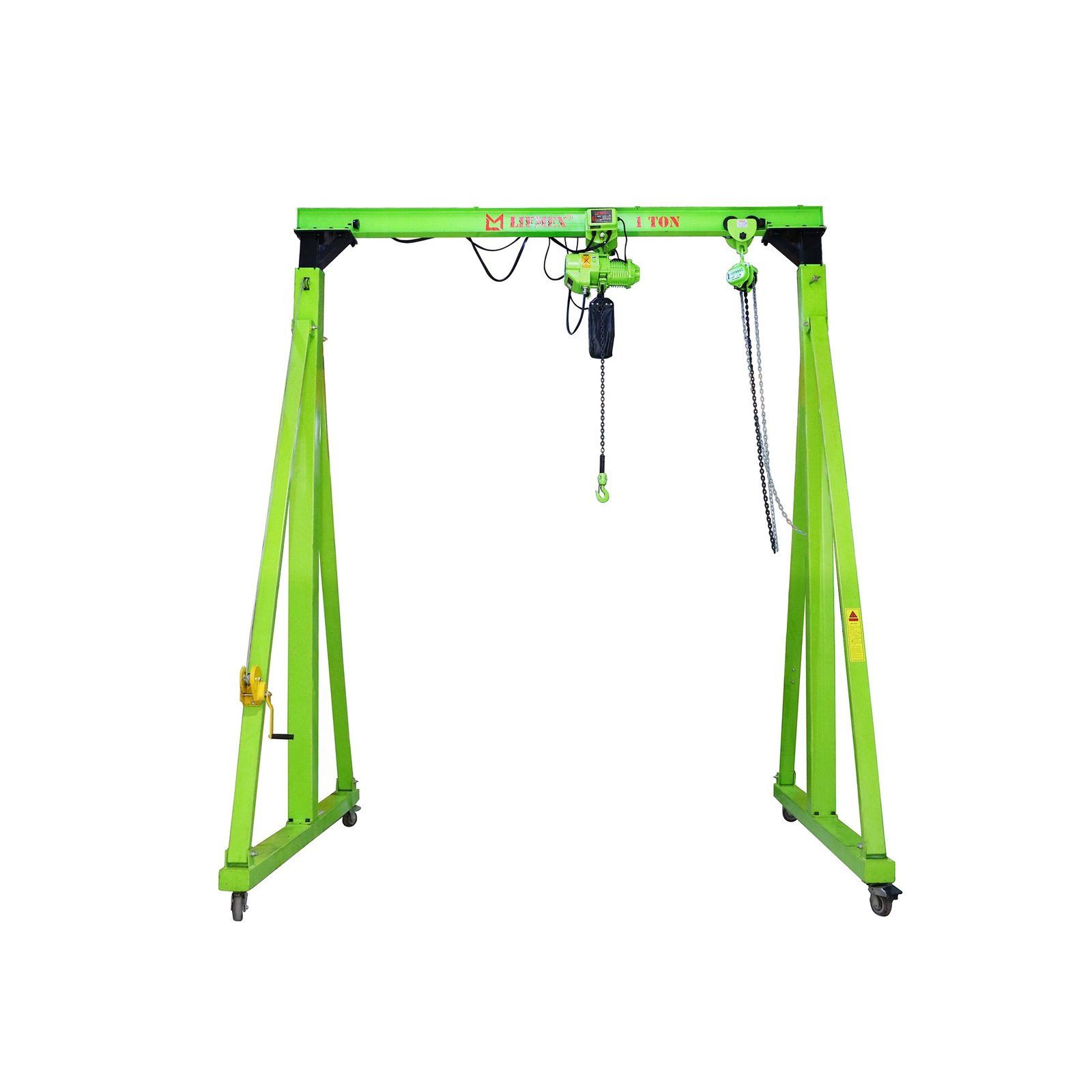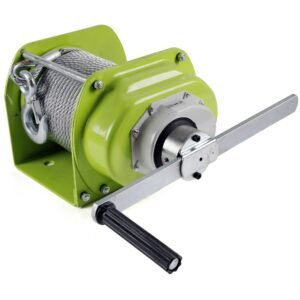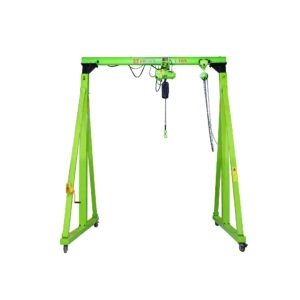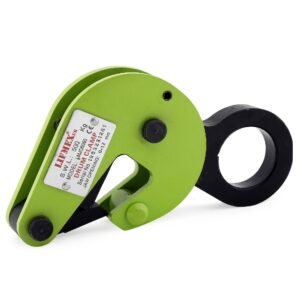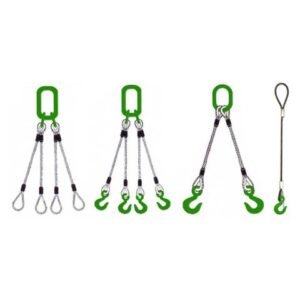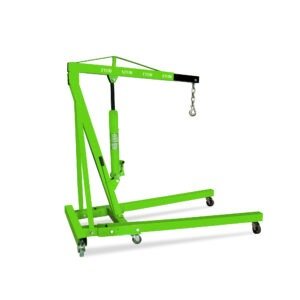Are you struggling to improve your business performance and boost your bottom line? Look no further than lift equipment. With the right equipment, you can streamline your operations, increase productivity, and ultimately enhance your profits.
Lift equipment, such as forklifts and aerial platforms, offers numerous benefits for businesses across various industries. By providing efficient material handling solutions, lift equipment helps reduce downtime and maximize productivity. It allows workers to move heavy loads with ease, saving time and reducing the risk of injuries.
Moreover, lift equipment enables businesses to optimize their warehouse space, making the most of limited square footage. With the ability to stack goods higher, you can store more inventory, increase storage capacity, and ultimately improve overall operational efficiency.
Incorporating lift equipment into your business operations can make a significant difference in your bottom line. Not only will it improve productivity and safety, but it also ensures your business stays competitive in today’s fast-paced market. So, why wait? Discover the power of lift equipment and watch your business reach new heights.
The importance of efficient business performance
Efficient business performance is crucial for any organization looking to thrive in today’s competitive landscape. It encompasses several key aspects, including productivity, cost-effectiveness, and profitability. By improving your business performance, you can achieve higher levels of success and stay ahead of the competition.
What is lift equipment?
Lift equipment refers to a range of machinery designed to lift and transport heavy loads. It includes forklifts, scissor lifts, aerial work platforms, and other specialized equipment. These machines are commonly used in warehouses, construction sites, manufacturing facilities, and other industries where material handling is a critical component of daily operations.
Types of lift equipment and their uses
There are various types of lift equipment available, each with its unique features and applications. Some common types include:
1. Forklifts: Forklifts are versatile machines used for lifting and moving heavy loads within warehouses, distribution centers, and construction sites. They come in different sizes and capacities, allowing businesses to choose the right machine for their specific needs.
2. Scissor lifts: Scissor lifts are platform-based machines with a scissor-like mechanism that raises and lowers the platform. They are commonly used for tasks such as maintenance work, installation, and construction projects that require vertical access.
3. Aerial work platforms: Aerial work platforms, also known as cherry pickers or boom lifts, are used for tasks that require reaching high places. They have a hydraulic arm or boom that extends vertically and horizontally, allowing workers to access elevated areas safely.
Types of Lift Equipment Shabbir enterprise Offer
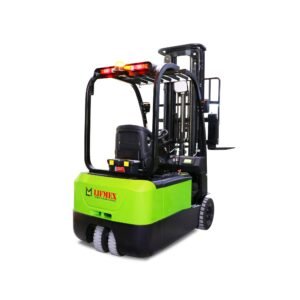
Forklifts
GET IT NOW
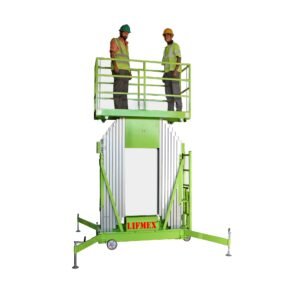 SCISSOR LIFT
SCISSOR LIFT
GET IT NOW
Winches
GET IT NOW
GANTRY
GET IT NOW
LIFTING GEARS
GET IT NOW
SLINGS
GET IT NOW
Hoist
GET IT NOW
Benefits of using lift equipment in business operations
Incorporating lift equipment into your business operations can have a significant positive impact on your bottom line. Here are some key benefits:
1. Increased productivity: Lift equipment enables workers to handle heavy loads more efficiently, reducing the time and effort required for material handling tasks. This increased productivity translates into faster turnaround times, allowing you to meet customer demands more effectively.
2. Improved safety: By using lift equipment, you can minimize the risk of injuries associated with manual lifting and carrying heavy loads. Workers can operate machinery with proper safety measures in place, reducing the likelihood of accidents and ensuring a safer work environment.
3. Optimal use of space: Lift equipment allows you to maximize the use of your warehouse space. By stacking goods higher, you can make the most of limited square footage, increase storage capacity, and improve overall operational efficiency.
4. Cost savings: With increased productivity and reduced downtime, businesses can optimize their resources and minimize costs. Lift equipment streamlines material handling processes, minimizing the need for additional labor and reducing the risk of damaged goods.
5. Competitive advantage: In today’s fast-paced market, businesses need to stay competitive. By investing in this equipment, you can enhance your operational efficiency and differentiate yourself from competitors. This can lead to increased customer satisfaction and loyalty, ultimately boosting your bottom line.
Factors to consider when choosing lift equipment
When selecting lift equipment for your business, it’s essential to consider several factors to ensure you make the right choice. These factors include:
1. Capacity and load requirements: Assess the weight and size of the loads you typically handle to determine the appropriate lifting capacity of the equipment you need. It’s important to choose a machine that can handle your specific requirements.
2. Operating environment: Consider the nature of your workplace, including the terrain, floor conditions, and potential obstacles. Different lift equipment may be suitable for indoor or outdoor use, so choose accordingly.
3. Maneuverability: Evaluate the maneuverability requirements of your facility. Some equipment may have limitations in terms of turning radius or aisle width, so make sure the machine you choose can navigate your workspace effectively.
4. Maintenance and servicing: Lift equipment, like any machinery, requires regular maintenance and servicing to ensure optimal performance and longevity. Consider the availability of spare parts and service providers to support your equipment in the long run.
Implementing lift equipment in your business
Introducing lift equipment into your business operations requires careful planning and implementation. Here are some steps to consider:
1. Conduct a thorough assessment: Evaluate your current material handling processes, identify areas for improvement, and determine the specific needs and requirements of your business.
2. Research and select the right equipment: Based on your assessment, research and select the appropriate equipment that aligns with your business objectives and needs. Consider factors such as capacity, functionality, and safety features.
3. Invest in training: Ensure that your employees receive proper training on how to operate the equipment safely and effectively. This will not only enhance their skills but also contribute to a safer work environment.
4. Evaluate the impact: Monitor and evaluate the impact of equipment on your business performance. Keep track of key metrics such as productivity, safety records, and cost savings to gauge the effectiveness of your investment.
Training and safety measures for using lift equipment
Safety should be a top priority when using lift equipment. Proper training and adherence to safety protocols are essential to prevent accidents and injuries. Here are some training and safety measures to consider:
1. Operator training: Provide comprehensive training programs for equipment operators, covering topics such as equipment operation, safety procedures, and maintenance. Regular refresher courses can help reinforce safe practices and keep operators up to date with the latest industry standards.
2. Safety equipment: Ensure that operators have access to and use appropriate safety equipment, such as helmets, harnesses, and high-visibility vests. These measures can help protect workers from potential hazards and minimize the risk of accidents.
3. Inspections and maintenance: Regularly inspect and maintain equipment to ensure it remains in optimal working condition. Follow manufacturer guidelines for maintenance schedules and address any issues promptly to prevent equipment failure.
Maintenance and servicing of lift equipment
To maximize the lifespan and performance of equipment, regular maintenance and servicing are crucial. Here are some maintenance and servicing considerations:
1. Scheduled maintenance: Follow the manufacturer’s recommended maintenance schedule for each piece of equipment. This may include tasks such as lubrication, filter changes, and inspections for wear and tear.
2. Preventive maintenance: Implement preventive maintenance measures to identify and address potential issues before they escalate. This may involve regular inspections, testing, and calibration to ensure optimal performance.
3. Servicing and repairs: Have a reliable servicing provider for any repairs or major maintenance requirements. Promptly address any reported issues to minimize downtime and ensure the safety of your equipment.
Investing in lift equipment for long-term business success
In conclusion, lift equipment can be a game-changer for businesses aiming to improve their performance and boost their bottom line. By incorporating lift equipment into your operations, you can increase productivity, enhance safety, optimize space utilization, and gain a competitive advantage. However, it’s crucial to choose the right equipment, invest in proper training and safety measures, and prioritize maintenance and servicing. With the power of lift equipment on your side, your business can reach new heights of success and profitability.
Other related Articles
Hoists – A Complete Guide (Types, Uses and Important Attributes)
For further insights or to discuss your unique requirements, we invite you to connect with us Explore the unparalleled expertise and quality solutions that Shabbir Enterprises brings to the table, ensuring your lifting needs are met with precision and reliability.
